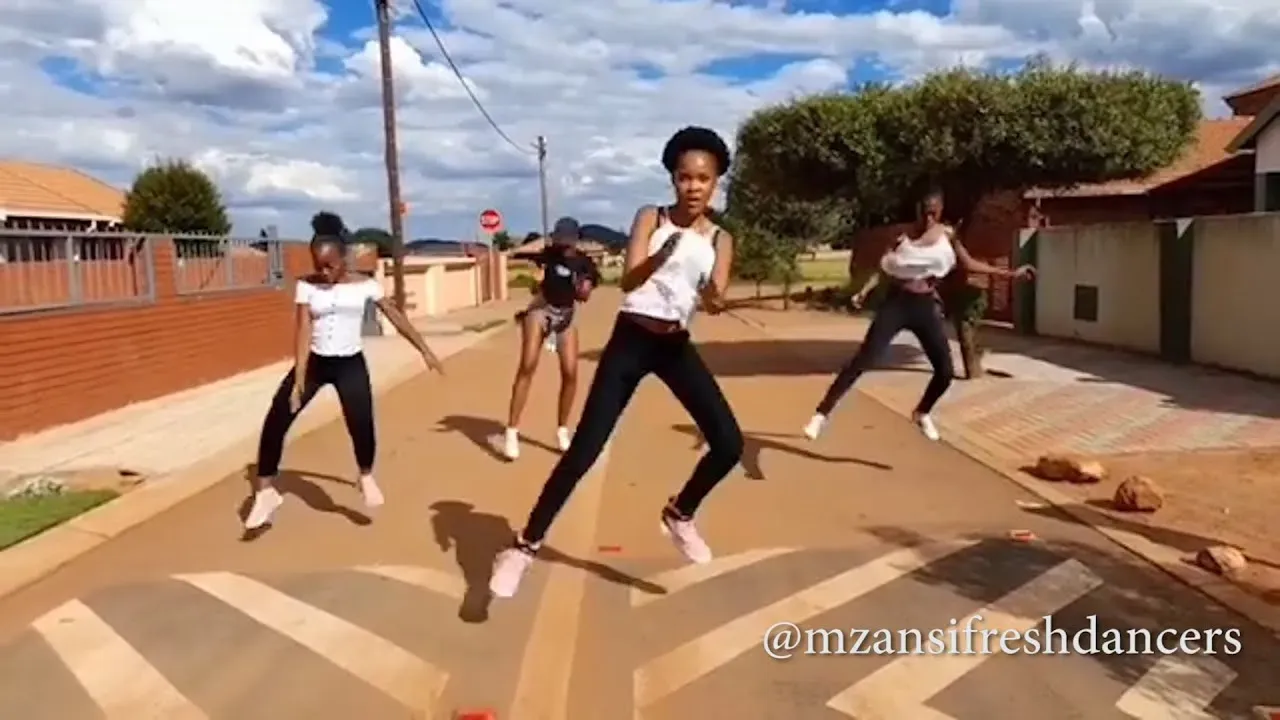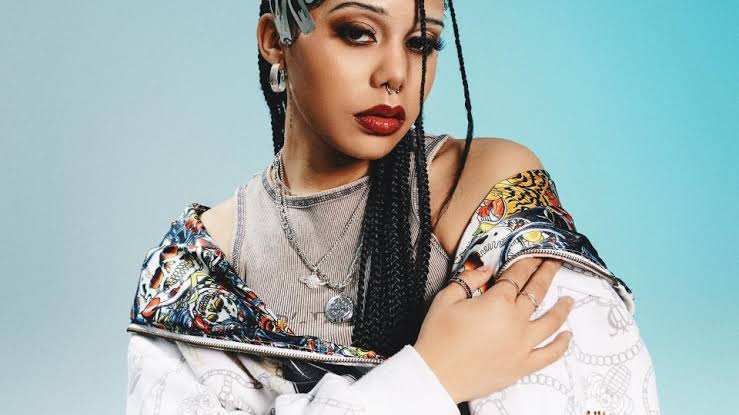
Global Dance Revolution: Amapiano Ignites Passion Across Cultures in Johannesburg
In a vibrant studio in central Johannesburg, dancers from around the globe converge to master the captivating amapiano sound—a house music subgenre that emerged from the townships 15 years ago. With high energy and determination, they rehearse choreographies reflective of a genre that has gained international acclaim, including features by artists like Beyoncé and Tyla. This unifying rhythm draws various dancers, from ballerinas to social media enthusiasts, eager to embrace the global amapiano trend, largely fueled by TikTok.
Venus Chidinma, a 25-year-old dancer from New York, underscores the emotional essence of amapiano: “It’s not about the words; you feel it inside of you.” Whether from Africa, America or elsewhere, she believes the music transcends all boundaries, inviting everyone to connect through a universal dance language. Chidinma’s journey at the Soweto dance studio highlights the genre’s deeply-rooted cultural significance and its ability to foster a spirit of inclusivity among diverse dancers.
Thando Nhlapho, a vibrant choreographer at the Soweto studio, champions the authenticity of amapiano, attributing its global rise to its unique blend of local sounds. Nhlapho actively utilizes social media platforms to promote her dance videos, recognizing amapiano as not just a dance style but also a strategic tool for gaining visibility in a competitive landscape. Her perspective reflects the genre’s dynamic role in shaping the careers of dancers who seek to stay relevant in the ever-evolving music industry.
Emmanuel Mwenya, hailing from Zambia, echoes Nhlapho’s sentiments about amapiano’s influence across Africa. His quest for originality brought him to South Africa, underscoring a pan-African appreciation for the genre, despite language barriers. For Mwenya, amapiano’s ability to connect people through dance is critical, fostering a shared experience across communities—even if the lyrics sound foreign. This cultural exchange reflects how amapiano transcends borders, resonating with diverse audiences.
Social media has catalyzed the amapiano movement, bringing together dancers of all ages and backgrounds worldwide. From TikTok challenges like “Tshwala Bami” to intergenerational dance lessons, the genre fosters connections and encourages playful engagement. Snethemba Mathe’s experience teaching her mother TikTok dances epitomizes this trend, emphasizing amapiano’s broad appeal and its ability to engage families in the fun of dance.
Xiaoying Zhan, originally from China, discovered amapiano during the Covid-19 lockdown and has since embraced its infectious beat, sharing the joy of dance with friends. Zhan’s journey reflects amapiano’s global reach, bridging cultures through rhythmic connection. Her enthusiasm for artists like DBN Gogo and Uncle Waffles highlights the diverse influence that South African sounds have on global music lovers.
The staggering statistic of 855 million Spotify streams in 2024 signals amapiano’s booming popularity, serving as a vital promotional asset for today’s dancers. Chidinma recognizes the genre’s viral potential, asserting that new dance moves associated with amapiano consistently capture widespread attention. This vibrant dance culture not only entertains but also propels careers forward, illustrating the genre’s transformative power within the entertainment industry.
The Global Rise of Amapiano
Amapiano has gained international fame, attracting dancers worldwide to the Soweto’s Finest Dance Studio in Johannesburg, where diverse participants learn the genre’s unique moves.
According to reports, over 855 million streams of amapiano were recorded on Spotify in 2024, highlighting the genre’s massive commercial appeal.
Venus Chidinma, a New York dancer, stated, “It’s not about the words, but you feel it inside of you,” exemplifying the emotional connection many have with this genre.
Cultural Impact and Inclusiveness
Amapiano transcends cultural boundaries, allowing dancers of varied backgrounds to unite, as evidenced by TikTok dance challenges enjoyed globally, including by American artists.
Thando Nhlapho, a dancer from the Soweto studio, remarked on the genre’s authenticity, noting that it serves as an effective marketing tool amidst its growing global popularity.
Emmanuel Mwenya from Zambia expressed a desire to learn original amapiano moves in South Africa, stating, “We do amapiano but it’s never original,” showcasing cultural exchange.
Amapiano transcends borders and cultures, uniting dancers from around the world in a vibrant expression of rhythm and movement. At Soweto’s Finest Dance Studio, this dynamic genre fosters connections that resonate deeply, proving that dance is indeed a universal language.
As artists like Beyoncé and Tyla elevate amapiano to global prominence, dancers embrace its infectious beats and authentic South African roots. Through TikTok challenges and social media engagement, the genre continues to evolve, drawing in diverse participants eager to experience the magic of amapiano.
In a time where social media shapes trends, amapiano stands out as a powerful force, creating opportunities for dancers across the globe. From the thrill of TikTok challenges to the soulful dance classes in Johannesburg, its impact on the dance scene is undeniable and continues to grow.
The dedication of dancers like Thando Nhlapho and Emmanuel Mwenya highlights amapiano’s significance not only as a dance style but as a cultural phenomenon. With millions of streams and a vibrant community, amapiano is more than just music; it’s a celebration of life, connection, and unity.
Let us know your thoughts by leaving a comment below!
Don’t forget to share this article with others who may find it helpful.






